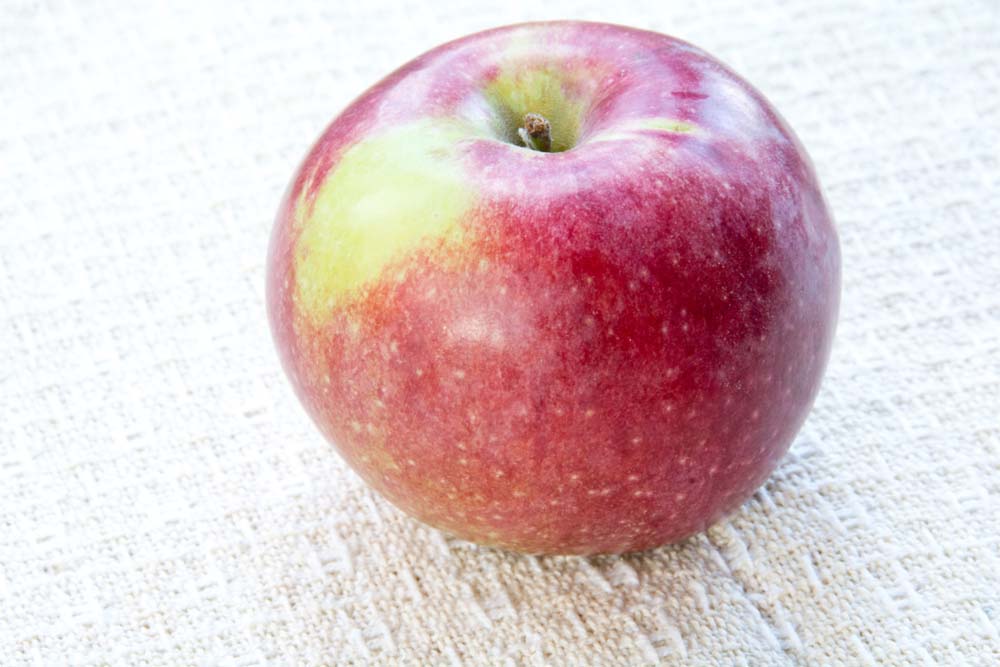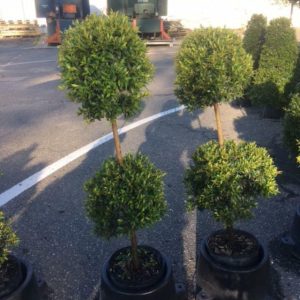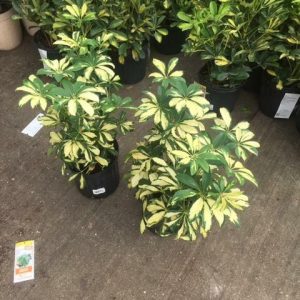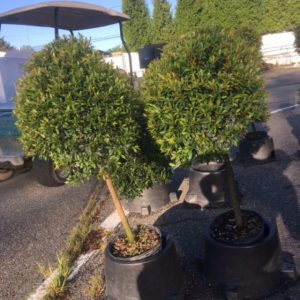Description
Malus – Apple –
There are about 35 species of medium sized, deciduous trees and shrubs in this genus. They occur in woodland, thickets in Europe, Asia, and North America. They are grown for their white to deep rose-pink or deep red, fragrant flowers, mostly 3/4-2″ across, held singly or in umbel like corymbs, and for their edible fruits (although most are unpalatable if uncooked), and sometimes for their purple foliage and autumn color. Most need a cross pollinator in order to produce fruit. The flowers are usually cup shaped and 5 petaled, in some cultivars, they may be semi double or double. The leaves are alternate, oval smooth edge occasionally lobed.
Grow in moderately fertile, moist but well drained soil in full sun, although partial shade is tolerated. Protect from strong winds.
Prone to apple scab, cedar apple rust, fireblight, crown rot, fruit rot, cankers, heart rot, mushroom root rot, Japanese beetle, caterpillars, fruit worms, skeletonizers, leaf rollers, scale insects, aphids, and wood borers.
M. x domestica – Common Apple – Orchard Apple – Eating Apple– This large hybrid group including upright and few spreading trees, usually with dark, gray-brown scaly bark and gray to reddish brown twigs.They can grow 30′ feet tall and half as wide.Their leaves and shoots are usually downy and the white flowers are usually suffused with pink and open with the leaves, followed by juicy, sweet fruit are green, yellow, to red..These common orchard trees are distinguished from the wild crab (M. sylvestris) by their downy shoots, blunter leaves and juicy fruit that sweeten on ripening.Apples are not completely self fertile and for fruit production a different cultivar growing nearby is needed.There are hundreds of cultivars, some best known are ‘Crofton’, ‘Cox’s Orange Pippen’ with small strongly flavored orange-red fruit, ‘Discovery’, ‘Delicious’, ‘Golden Delicious’ with white fleshed, red marked, golden yellow fruit, ‘Golden Harvest’, ‘Granny Smith’, ‘Gravenstein’, ‘James Grieve’ with yellow fleshed red fruit that is quite acidic, ‘Jonathan’, and ‘McIntosh Rogers’.
Many relatively new varieties are grown for their greater disease resistance.‘Gala’ is somewhat small dessert fruit with excellent flavor and good storage qualities. ‘Jonagold’ has large, yellow, red striped fruit, with good flavoring and crisp texture, and ‘Liberty’ a highly productive and especially disease resistant tree bears dark red fruit with pale yellow crisp flesh.
The above are generally accepted varieties grown commercially to supply year round fruit.But there are many fine old apples worthwhile for home gardens and small orchards with special markets.‘Adam’s Pearman’ is a quality desert apple with golden-yellow skin flushed bright red, ‘Ashmead’s Kernel’ is an upright spreading tree with light greenish yellow fruit, and sweet white flesh, ‘Blenheim Orange’ has yellow fruit with one-half flushed dull orange-red, ‘Bramley’s Seedling’ has large, late ripening fruit best suited to cooking, and ‘Ellison’s Orange’ bears light greenish yellow fruit with soft juicy flesh and a rich flavor.
Some apple varieties have been bred as single stemmed columnar forms, enabling the trees to be grown close together in a row without occupying a lot of ground.Named varieties include ‘Starkspur Compact Mac’ and Starkspur Supreme Red Delicious’.Some tall forms such as ‘Jonamac’ can be trained over a path to make an arch.
Zones 3-9





